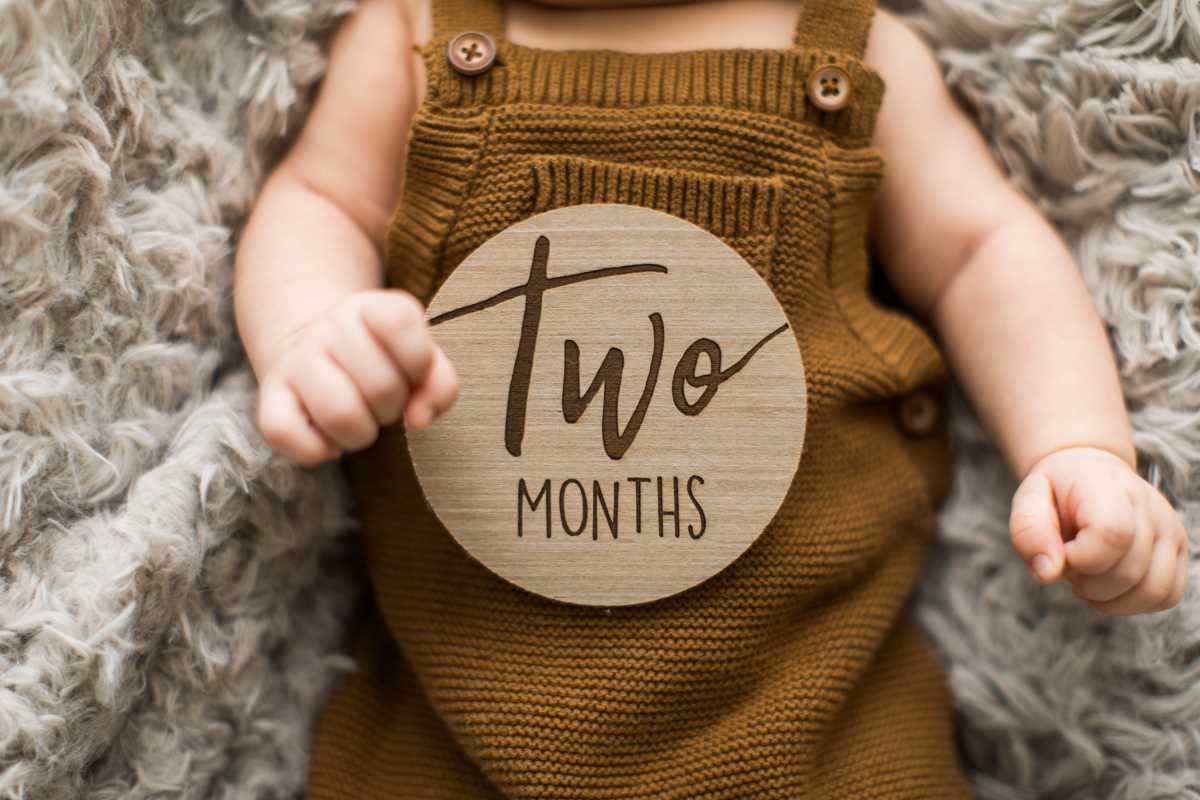Every family has its own unique stories, memories, and traditions that make it special. Yet, these moments can fade over time unless there's a way to capture them. Enter the family journal. Starting a family journal is a simple but meaningful activity that lets everyone contribute their thoughts, memories, and creativity. It’s more than just writing; it’s about coming together, sharing perspectives, and creating a keepsake that can be cherished for years.
Starting a family journal doesn’t require fancy tools or elaborate planning. All you need is a little commitment, a notebook, and a few ideas to spark everyone’s creativity. Whether you’re looking to build stronger connections, preserve family history, or simply create a fun activity, a shared journal is a fantastic way to bring everyone closer. This guide will help you get started and make the experience enjoyable for all.
The Benefits
Before we jump into how to start, it’s worth understanding why a family journal is such a powerful tool.
1. Preserving Memories
Families create countless memories, from the big milestones like birthdays and holidays to the small everyday moments like funny jokes or heartwarming conversations at the dinner table. A family journal is a way to capture these fleeting moments so they don’t get lost over time.
2. Encouraging Communication
Writing in a family journal gives everyone a voice. It can be especially valuable for family members who are shy or prefer writing over speaking. Sharing thoughts and experiences this way encourages open communication and helps everyone feel heard.
3. Building Stronger Bonds
When everyone contributes to a journal, you learn more about each other. What might seem small, like a sibling’s favorite part of the day, helps deepen family connections and builds stronger bonds over time.
4. Sparking Creativity
A journal isn’t just for words; it’s a space for drawing, doodling, writing poems, or sharing jokes. For kids and adults alike, it’s an opportunity to flex creative muscles in a low-pressure way.
5. Treasuring a Legacy
Years down the road, a family journal becomes a time capsule. Kids grow up, routines change, and traditions evolve. Flipping through old entries is a powerful way to relive memories and reflect on how far you’ve come as a family.
Getting Started
Starting a family journal is easier than you might think. With a few simple steps and a little preparation, you’ll have a system in place that works for everyone.
1. Choose the Right Journal
The first step is to select a notebook or journal that suits your family’s style. It doesn’t have to be expensive; even a simple spiral notebook can work. If your family enjoys crafting, consider getting a blank scrapbook so there’s room for drawings, photos, or glued mementos.
For durability and a touch of personal style, look for hardcover journals or ones with fun designs that reflect your family’s personality. You could even decorate the cover together to make it uniquely yours.
2. Set Some Basic Guidelines
While you want the journal to feel open and informal, setting a few basic rules helps ensure everyone is on the same page. For example:
- Encourage contributions from all ages but keep the language family-friendly.
- Decide whether journal entries will be anonymous or signed.
- Agree on how often everyone will write in it (daily, weekly, or whenever inspiration strikes).
These guidelines don’t have to be rigid, but they help create a sense of structure to keep the journal going.
3. Pick a Central Spot
Where you store the journal can make a difference. Choose a spot that’s easy for everyone to access, like the kitchen counter, living room coffee table, or a dedicated “family corner.” Having the journal in plain sight acts as a gentle reminder to contribute.
Ideas for Journal Entries
If your family needs inspiration, here are a few prompts and themes to help everyone get started.
1. Daily Reflections
At the end of the day, have each family member write down one or two highlights from their day. It could be something big, like winning a soccer match, or something small, like having a great laugh at lunch.
2. Gratitude Lists
Dedicate one page each week to writing about things you’re grateful for. Gratitude lists help everyone focus on the positive and appreciate life’s small joys.
3. Funny Moments
Encourage family members to write down jokes, funny quotes, or moments that made them laugh. Re-reading these entries later is a guaranteed way to bring a smile to everyone’s face.
4. Letters to the Future
Have your family write letters addressed to “Future Us.” This can include predictions for the next few years, personal goals, or messages they’d like to revisit later.
5. Creative Contributions
Not every entry has to be written. Encourage creativity with drawings, short stories, poems, or even pasted-in photos. Kids can doodle sketches of their pets, while adults might share inspirational quotes.
6. Family Adventures
Use the journal to document special trips or outings. Everyone can describe their favorite part of the day, share funny things that happened, or even write mini “reviews” of places visited.
Keeping the Momentum
Once you’ve started, the key to a successful family journal is maintaining the habit. Here are a few tips to keep the momentum going.
1. Make It Fun
The journal should feel like a joyful activity, not a chore. Make it special by using colorful pens, stickers, or washi tape to decorate entries. You could also bring out the journal during family meetings or at the end of dinner to make it part of your routine.
2. Set Reminders
It’s easy to forget about a journal amidst busy schedules. Setting phone reminders or designating a specific day (like “Sunday Journal Night”) keeps the habit alive.
3. Celebrate Milestones
If your journal reaches 50 entries or survives its first year, celebrate! Bake a cake, host a family movie night, or dedicate an entry to reflecting on the journal’s progress. These small celebrations reinforce how special the journal is.
4. Welcome All Contributions
Not everyone will feel confident about their writing, especially at first. Encourage family members to contribute in any form they want, whether it’s a single word, a doodle, or a longer story. The goal is participation, not perfection.
 (Image via
(Image via





